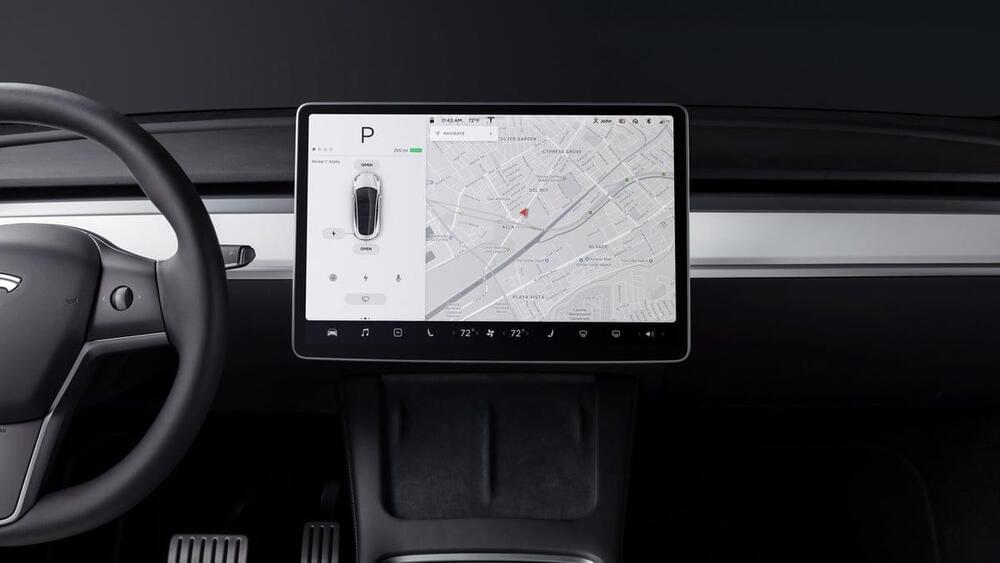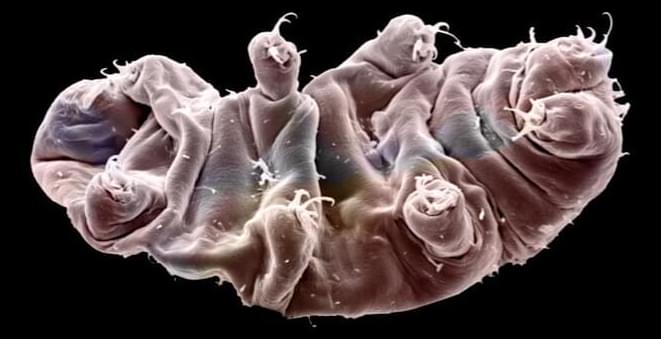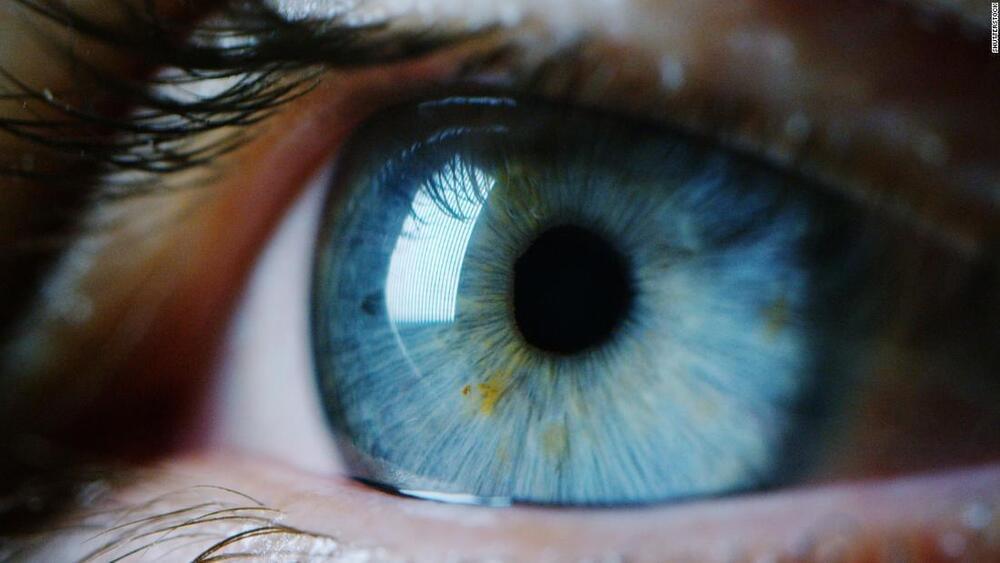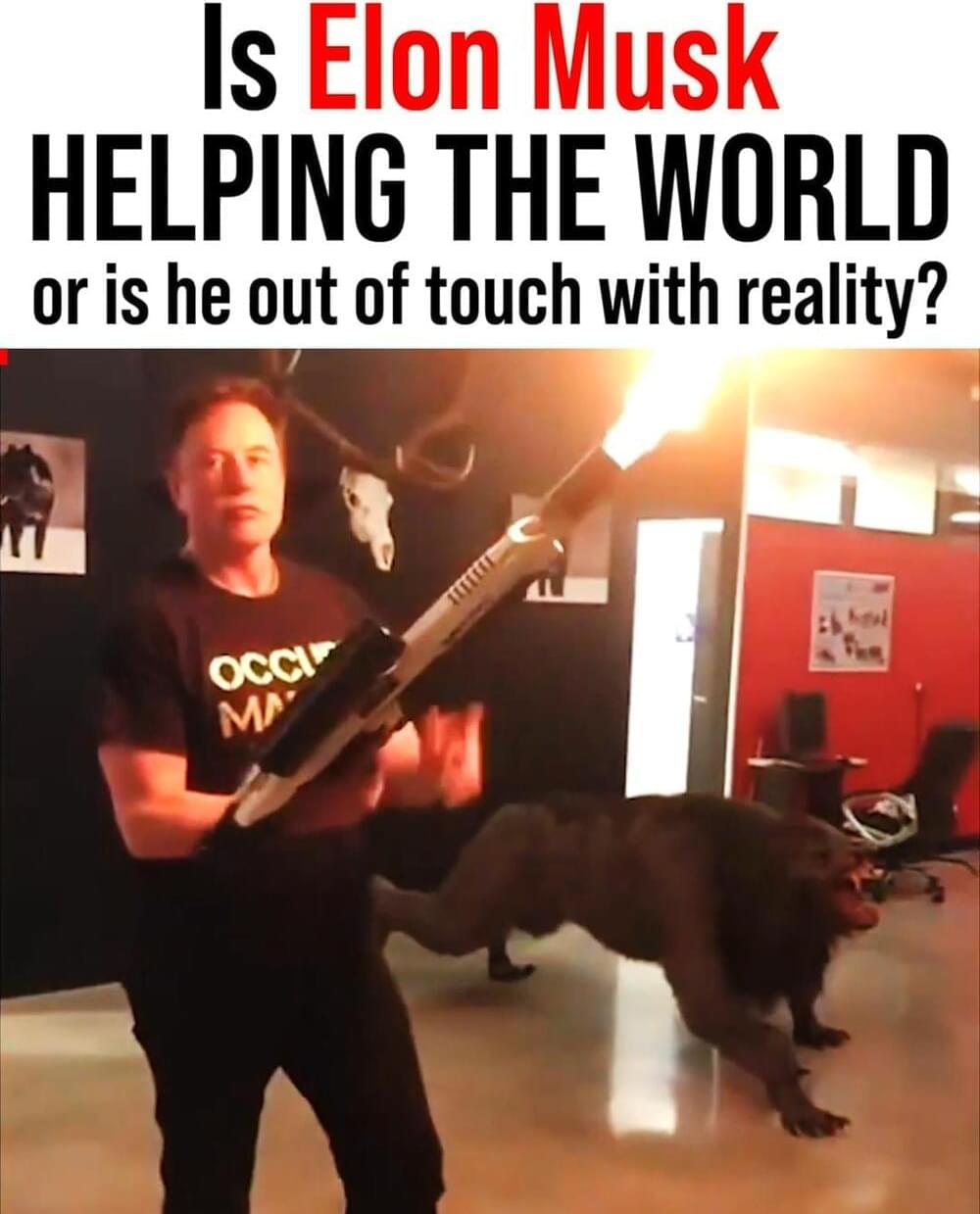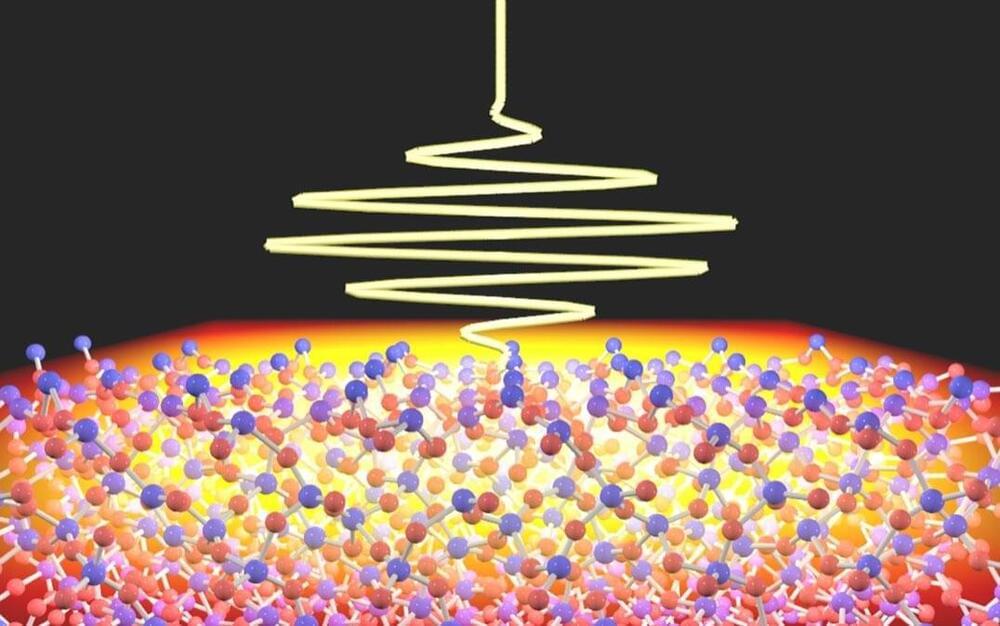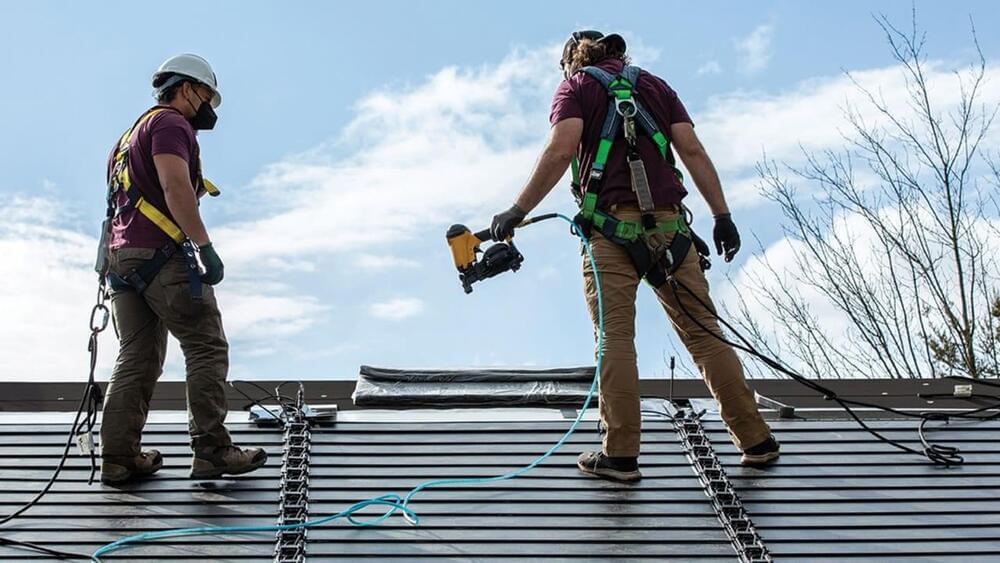MIT team develops steerable soft thread-like robot capable of navigating tiny blood vessels
Snake robots are among the most familiar type of mechanical device for working in confined spaces. Flexible, tubular robots have been used for applications such as working in the interior of nuclear reactors, water distribution systems and inside the human body to aid surgery. The MIT team, mechanical engineers affiliated to the institution’s Institute for Soldier Nanotechnologies, have downsized the snake paradigm to the scale of a thread half a millimetre in diameter, which can be remotely controlled by magnetic fields to worm its way through the convoluted blood vessels of the brain to deliver clot-busting drugs or devices to break up and remove the blockage. Such robots have the potential to quickly treat a stroke and prevent damage to the brain, the team claims.




